- News
- 0 likes
- 3446 views
- 0 comments
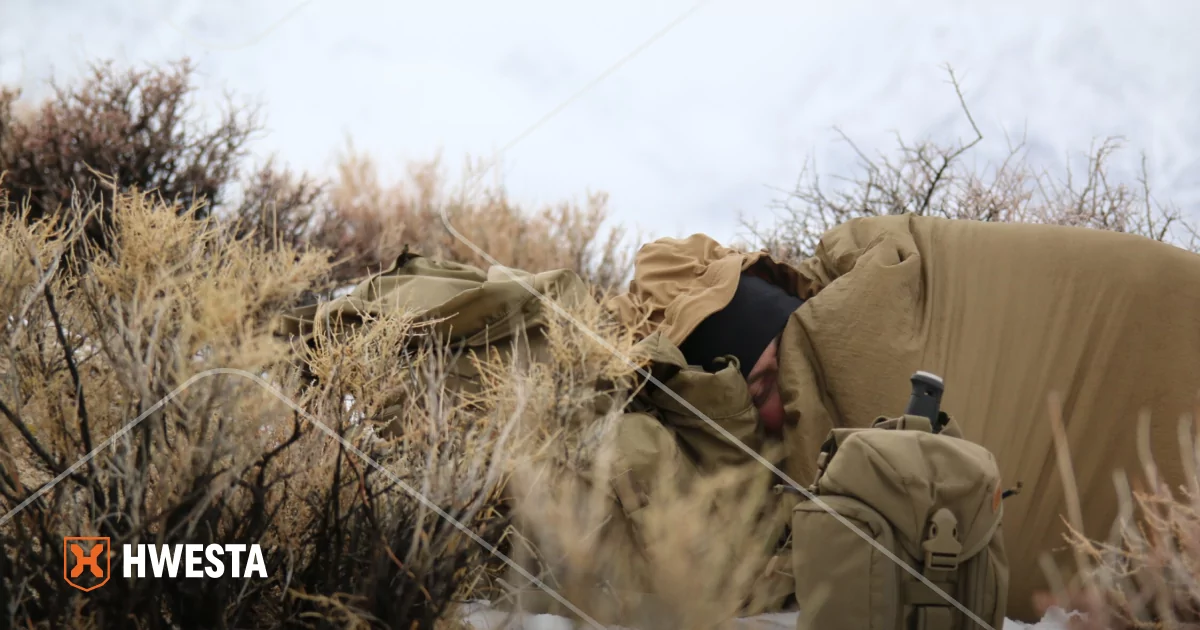
Survival and bushcraft enthusiasts are well aware that adverse weather conditions can pose serious challenges. One of the most significant threats is hypothermia, which can lead to severe health consequences and even loss of life. In this article, we will delve into the topic of body cooling in the wilderness, learn how to recognize it, and discover the necessary steps to survive in challenging conditions.
What Is Body Cooling?
Body cooling, also known as hypothermia, is a condition in which the body's temperature drops below the level required to maintain proper biological function. The normal body temperature is around 36.5-37.5 degrees Celsius (97.7-99.5 degrees Fahrenheit). Hypothermia can occur when the body loses more heat than it can generate, leading to a decrease in body temperature.
Stages of Hypothermia
Hypothermia is divided into three main stages, each characterized by different symptoms and levels of life-threatening risk:
1. Mild Hypothermia (35-32°C or 95-89.6°F)
In this stage, the first signs of hypothermia appear, such as shivering, muscle pain, and chills. The person may appear stressed or disoriented. This is the moment when preventive actions should be taken.
2. Moderate Hypothermia (32-28°C or 89.6-82.4°F)
In this stage, shivering may stop, and the person becomes lethargic and apathetic. They may have difficulty performing simple tasks such as walking or speaking. This is a critical stage where immediate medical assistance is necessary.
3. Severe Hypothermia (<28°C or 82.4°F)
This is a critical condition where vital bodily functions are seriously threatened. The person becomes extremely weak, and their breathing and heart rate may slow down. Without immediate medical help at this stage, death can occur.
Recognizing Body Cooling
Recognizing hypothermia in the wilderness can be challenging, but there are several characteristic signs to watch for:
Body shivering: In the initial stage of hypothermia, a person may shiver as they attempt to increase heat production.
Decreased coordination: A person with hypothermia may struggle to maintain balance, lose precision in their movements, and exhibit signs of disorientation.
Weakness: As hypothermia progresses, a person becomes increasingly lethargic and weak.
Erratic behavior: Individuals with hypothermia may act irrationally, make dangerous decisions, or fail to realize the seriousness of their situation.
Pale and cold skin: The skin becomes cold and pale, and a marbled pattern may appear on the hands and feet.
Slurred speech: A person with hypothermia may have difficulty speaking clearly and may exhibit speech impairment.
Taking Action in Case of Body Cooling
Taking action in the case of hypothermia is crucial for survival. Here are the steps to take:
Secure the location: Move the person to a warmer and dry place, away from wind and rain.
Remove wet clothing: If the clothing is wet, carefully remove it and replace it with dry clothing.
Assess the condition: Evaluate the condition of the affected person. If they are conscious and mildly hypothermic, provide them with warm beverages, hot soup, or cover them with a thermal blanket.
Isolate from the cold ground: Ensure that the person does not have direct contact with cold ground or surfaces. Use sleeping mats, clothing, or other materials for insulation.
Call for help: If the person's condition worsens or they are in severe hypothermia, immediately summon medical assistance.
Body heat sharing: In extreme situations, you can share body heat by skin-to-skin contact.
Avoid alcohol: Avoid alcohol, as it can worsen hypothermia.
Monitor the condition: Continuously monitor the person's condition to ensure it does not deteriorate.
Remember that hypothermia is a condition that requires immediate attention. In cases of severe hypothermia, every minute is critical. With the right skills and preparation, you can minimize the risk of hypothermia and preserve health and life in challenging outdoor conditions.




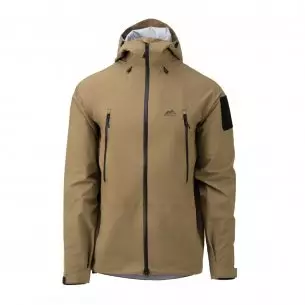
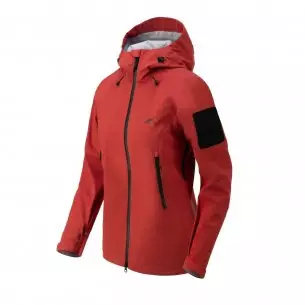

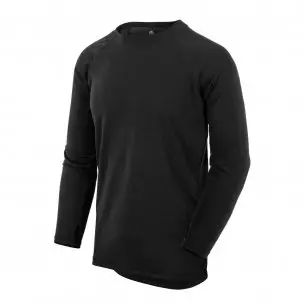

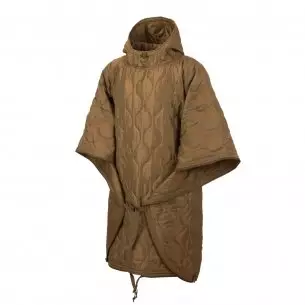

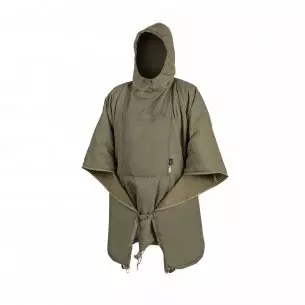

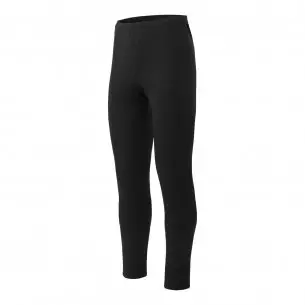


Comments (0)